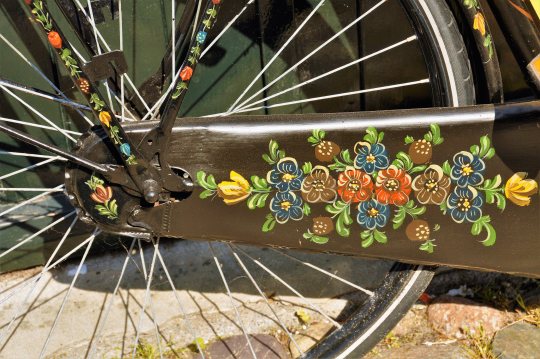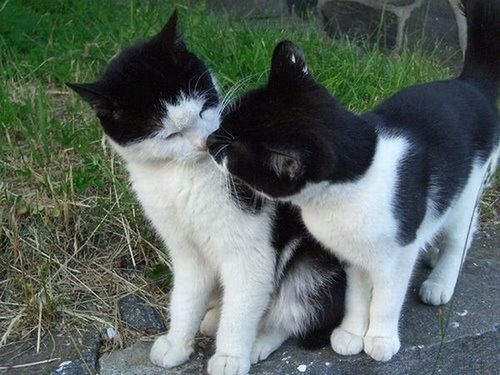tell me about despair, yours, and i will tell you mine
Last active 60 minutes ago
Don't wanna be here? Send us removal request.
Text




All new Jellycat Frogs
(from left to right, top to bottom: Flumpie Frog, Ricky Rain Frog, Nippit Frog and Little Frog)
Ko-fi / Instagram
7K notes
·
View notes
Photo

Traditional folk painting from Hindeloopen, the Netherlands
14K notes
·
View notes
Text
“I do understand—and it is terrible.”
— Franz Kafka, from a letter to Felice Bauer written c. July 1915, featured in “Letters to Felice,” (via violentwavesofemotion)
28K notes
·
View notes
Text










1. of flying cars and the declining rate of profit — david graeber 2. my body's made of crushed little stars — mitski 3. palm sunday — genesis tramaine 4. the zeitgeist of grief — lane patriquin 5. untitled, skull — jean-michel basquiat 6. the postmodern explained — jean-francois lyotard 7. ode to a nightingale — john keats 8. waiting for godot — samuel beckett 9. automat — edward hopper 10. san francisco — richard brautigan
(image descriptions below)
[ID: a series of artworks and quotes. The first image is a quote with a highlighted section that reads: "A secret question hovers over us, a sense of disappointment, a broken promise we were given as children about what our adult world was supposed to be like." The second image is a song lyric that reads: "I'm not doing anything / I'm not doing anything / My body's made of crushed little stars / And I'm not doing anything." The third image is a painting depicting what looks like a human face, with the bottom half of the face covered with black paint and the top half with swirling colours. The fourth image is a quote that reads: "Tolstoy believed that every generation has a zeitgeist – an emotion that acts as the unspoken guiding force of a time in history. For those of us coming of age in the climate-changed world of late-capitalism, it could be said that the predominant guiding force of our generation is grief." The fifth image is a painting in Jean-Michel Basquiat's characteristic style, depicting a skull with sunken, listless eyes and a downturned mouth, painted in bright colours. The sixth image is a quote with a highlighted section that reads: "There is a sort of grief in the zeitgeist." The seventh image is two lines of poetry that read: "Where but to think is to be full of sorrow / And leaden-eyed despairs." The eighth image is a painting depicting a young woman wearing a green coat and yellow hat, sitting alone at a table looking down at a cup in her hand. It appears to be nighttime and there are bright lights shining above her. The ninth image is a line of poetry that reads: "It was lonely." end ID]
#mitski#basquiat#keats#edward hopper#david graeber#lyotard#richard brautigan#mine#compilations#long post#image described#idk what this is#web weaving#art#quotes#loneliness#despair in a late stage capitalist world#idk#whats the theme here
6 notes
·
View notes
Text








1. the angel of death - evelyn pickering de morgan 2. death recognised as a friend - käthe kollwitz 3. ode to a nightingale - john keats 4. death and life - gustav klimt 5. woman in the lap of death - käthe kollwitz 6. savana sabertooth - OH!hello 7. call of death - käthe kollwitz 8. under cover of darkness - the strokes
(image descriptions below)
[ID: a series of artworks and quotes. The first is an oil painting, The Angel of Death by Evelyn Pickering de Morgan, depicting a winged, robed figure with a scythe, about to help up or carry away another figure. The second image is a lithograph print, Death Recognised As a Friend by Käthe Kollwitz, depicting a rough human figure gripping the back of a darkened figure’s head, mouth and eyes wide open. The third image is an extract from John Keats’s poem Ode to a Nightingale, which reads: “Darkling I listen; and, for many a time / I have been half in love with easeful Death, / Call’d him soft names in many a mused rhyme, / To take into the air my quiet breath;”. The fourth image is an oil painting, Death and Life by Gustav Klimt, depicting a skeletal figure in deep blue robes decorated with crosses and circles on the right, and to the left a large mass of men, women, and children tangled in colourful and detail, with the chasm between the two as well as the spaces behind them empty. The fifth image is a woodcut print, Woman in the Lap of Death by Käthe Kollwitz, depicting a robed figure with a lined face holding a woman who has her mouth open. Both the figures have their eyes closed, and look almost as if they are sleeping. The sixth image is a lyric from the song Savana Sabertooth by OH!Hello, which reads: “but death is a good friend / and we talk often”. The seventh image is a lithograph print, Call of Death by Käthe Kollwitz, depicting a rough-featured figure with eyes that are not visible to the viewer, turning to the right, where a hand touches it on the shoulder. The eighth image is a lyric from the song Under Cover of Darkness by The Strokes, which reads: “So long my friend and adversary / But I’ll wait for you”. end ID.]
#klimt#compilations#web weaving#art#quotes#keats#image described#gustav klimt#kathe kollwitz#long post#death#dying#i know under cover of darkness isnt about death but. fuck that <3#uhh you can really tell i like kathe kollwitz lol
14 notes
·
View notes


